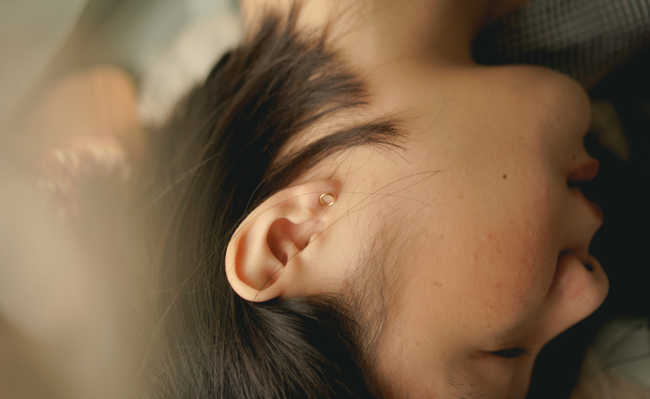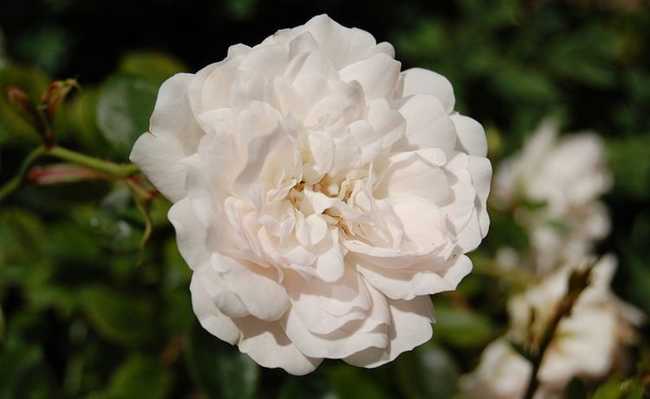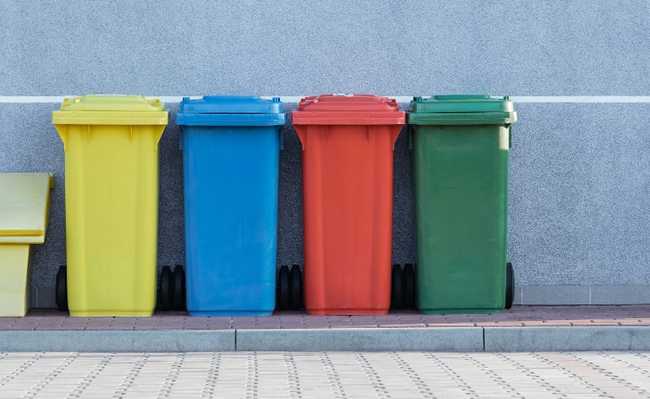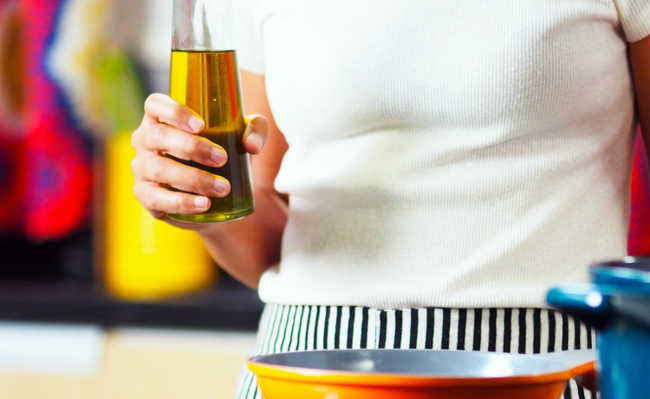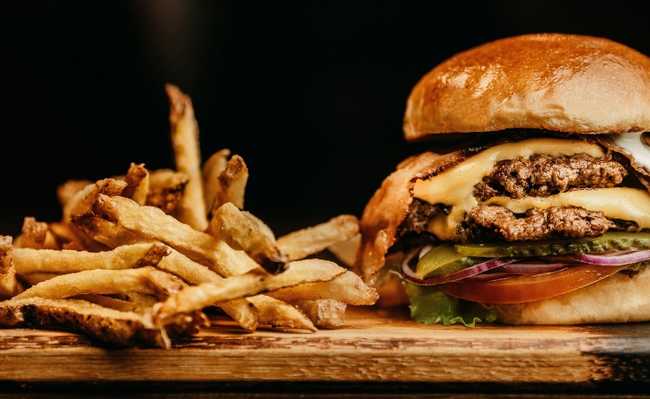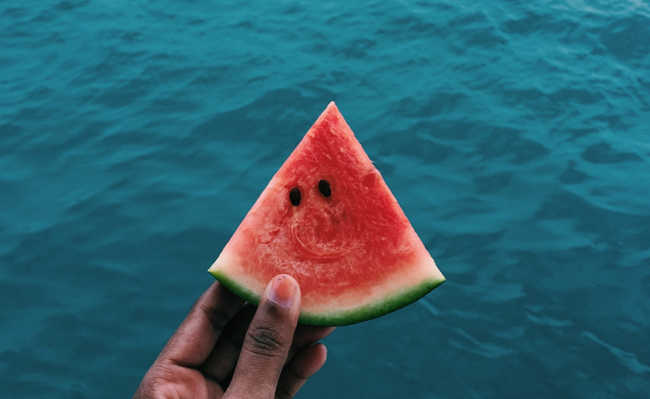Craftsman creates plants and flowers with PET bottle
Craftsmanship and sustainability can make an amazing combination

When he was away from work at a paint shop due to problems with his spine, in 2001, Bene Paulo thought he couldn't stay put. As he always liked painting and plastic arts, he cut a PET bottle and started to create flowers with the material.
Thus began the work of the renowned artisan, who has already made molds for more than 208 types of plants and flowers, participated in more than 35 TV programs, launched magazines in Brazil and abroad, received awards from the Brazilian Chamber of Culture and even he already helped make the parade of one of the most traditional samba schools in São Paulo, Vai-Vai, in 2007. “I taught the whole community to make arrangements with PET bottles and take them to the avenue, as the plot talked about it .", remembered.
With the impossibility of working, the resident of Santo André started to develop the technique that attracted attention due to its beauty and environmental issues. “In the beginning, it just seemed like therapy, a nice craft. Then I saw that it was about reusing a material that has been destroying the planet for 300 years or more. My therapy became one of environmental awareness for others. Nowadays, I do little crafts, I'm talking more about other issues, such as water, garbage, recycling, as well as contextualizing the origin of the plants we reproduce”, explained Bene, who is often invited to give workshops in Santo André and at São Paulo for groups of all ages.

When crafting with PET bottles, the artist's technique consists of sanitizing a 2 liter PET bottle, these for soda, removing the mouthpiece and the bottom and stretching the remaining material, which "is like a sulfite sheet ”. It makes cutouts and creates certain foliage and petals. “But in the technique of reuse, nothing is wasted. It is possible to use the mouthpiece and the base to make Christmas decorations”, he stated. Subsequently, the flowers are painted with water-based paints, which do not harm the environment.
According to Bene, the rose and the hydrangea are the types of flowers that have more acceptance, both in production and in demand. A more elaborate plant can cost R$ 150. The most affordable models are sold for R$ 20. “I have already received several letters from people who have improved their income due to work started after contact with my magazines, workshops and television programs,” he said. The magazines, sold at popular prices and distributed in Brazil and abroad, have molds, but Bene claims they are not essential. “The best thing is for the person to look at the plant on the side of their house and make their own mold. I don't want her to reproduce, I want her to create new things”, he highlighted.
To define her work, Bene says that “the intention is to reuse, to transform something theoretically useless into a beautiful decorative object. Turning garbage into a luxury”.
Access the artist's website by clicking here!

